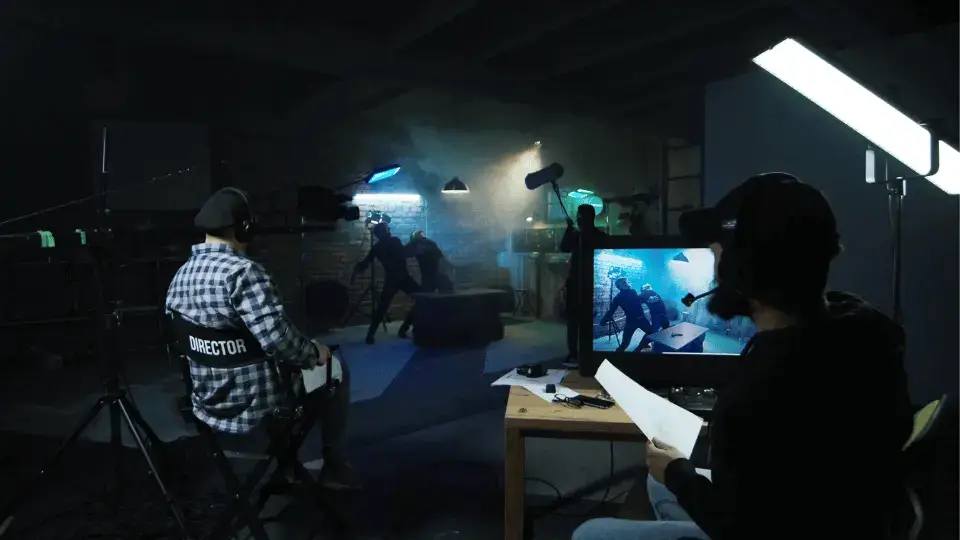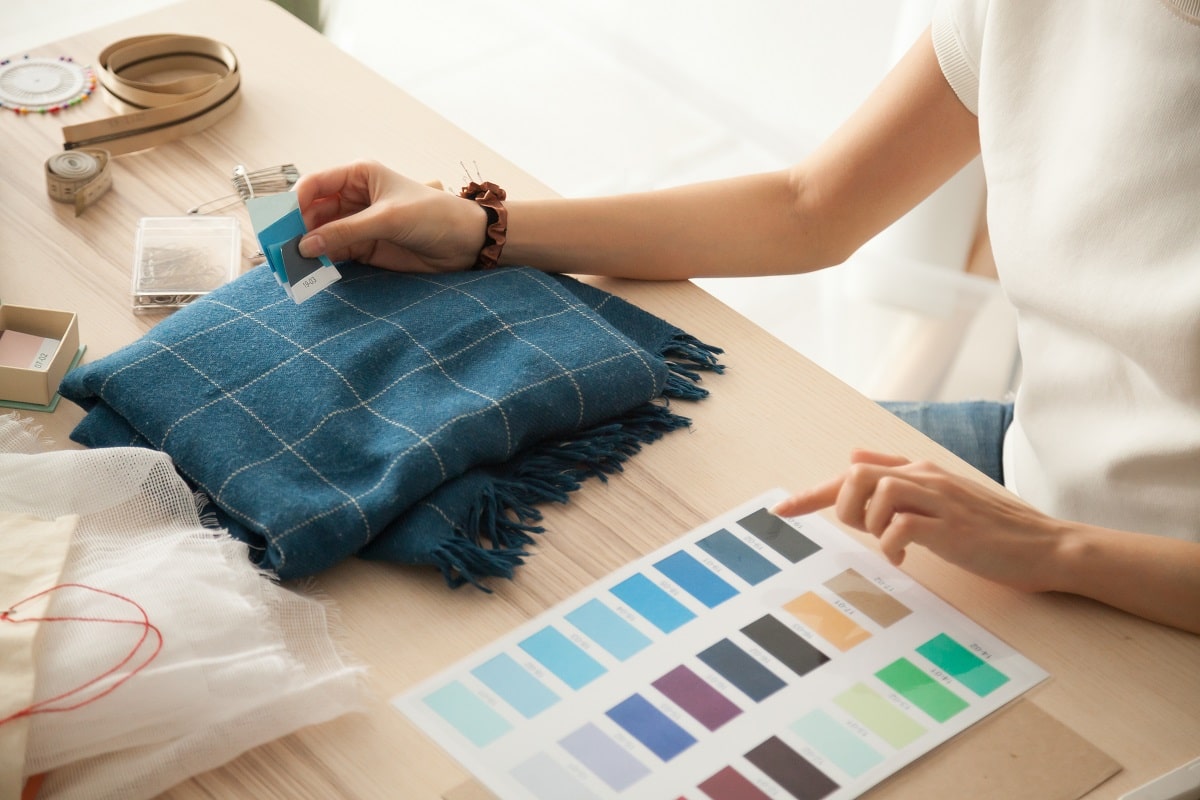The Art of Film Aesthetics: Maximizing the Visual Impact
Film aesthetics refer to the visual elements of a film that contribute to its overall look and feel. These elements include camera angles, lighting, color grading, and set design, among others. Film aesthetics are essential because they help to create a mood or tone, convey emotions, and tell a story visually. They are also crucial in making a film stand out from the rest.
If you are pursuing a career in the film industry, understanding film aesthetics is crucial. In this article, we will explore the art of film aesthetics, including why it matters, the key elements of film aesthetics, and how to maximize the visual impact of your film.
Why Film Aesthetics Matter
Film aesthetics are crucial because they help to create a mood or tone, convey emotions, and tell a story visually. They are essential in making a film stand out from the rest. The visual elements of a film are often the first thing that audiences notice, and they play a significant role in shaping the audience’s overall perception of the film.
Moreover, film aesthetics are essential in creating a unique and memorable experience for the audience. They help to transport the audience into the world of the film and make them feel as if they are part of the story. For filmmakers, understanding film aesthetics is crucial because it enables them to tell a story visually and create a lasting impact on the audience.
Key Elements of Film Aesthetics
There are several key elements of film aesthetics that filmmakers need to understand. These elements include:
1. Camera Angles
Camera angles are essential in creating a sense of space and depth in a film. The angle at which the camera is positioned can convey different emotions and moods to the audience. For example, a low-angle shot can make a character appear more powerful, while a high-angle shot can make them appear vulnerable.
2. Lighting
Lighting is crucial in setting the mood and tone of a film. The way light is used can convey different emotions and moods to the audience. For example, low-key lighting can create a sense of mystery or danger, while high-key lighting can create a sense of happiness or hope.
3. Color Grading
Color grading is the process of adjusting the colors in a film to create a specific look or mood. It is essential in creating a unique and memorable visual style for a film. For example, desaturated colors can create a sense of bleakness or despair, while vibrant colors can create a sense of joy or excitement.
4. Set Design
Set design is the process of designing and building the physical sets used in a film. The design of a set can convey different emotions and moods to the audience. For example, a cluttered set can create a sense of chaos or disorder, while a minimalist set can create a sense of simplicity or elegance.
Maximizing the Visual Impact of Your Film
To maximize the visual impact of your film, you need to pay attention to the key elements of film aesthetics. Here are some tips to help you do that:
- Plan Ahead: Before you start filming, take the time to plan out the visual elements of your film. Think about the camera angles, lighting, color grading, and set design that will best convey the story and emotions you want to convey.
- Experiment with Different Techniques: Don’t be afraid to experiment with different techniques and styles. Try different camera angles, lighting setups, and color grading techniques to find the ones that work best for your film.
- Pay Attention to Details: Every element, no matter how small, can contribute to the overall look and feel of your film. Make sure that everything, from the costumes to the props, is consistent with the visual style you are trying to create.
- Use High-Quality Equipment: Invest in high-quality equipment to ensure that your film looks its best. This includes cameras, lighting equipment, and editing software. High-quality equipment can make a significant difference in the visual quality of your film.
Conclusion
Understanding film aesthetics is crucial for anyone pursuing a career in the film industry. The key elements of film aesthetics include camera angles, lighting, color grading, and set design. To maximize the visual impact of your film, you need to plan ahead, experiment with different techniques, pay attention to details, and use high-quality equipment.
If you are interested in learning more about film aesthetics and pursuing a career in the film industry, consider taking the NYU Film and TV Industry Essentials online course and certificate program. This program, offered by New York University, provides a comprehensive overview of the film and television industry and covers topics such as storytelling, production, and distribution. By taking this program, you can gain the knowledge and skills you need to succeed in the film industry.








